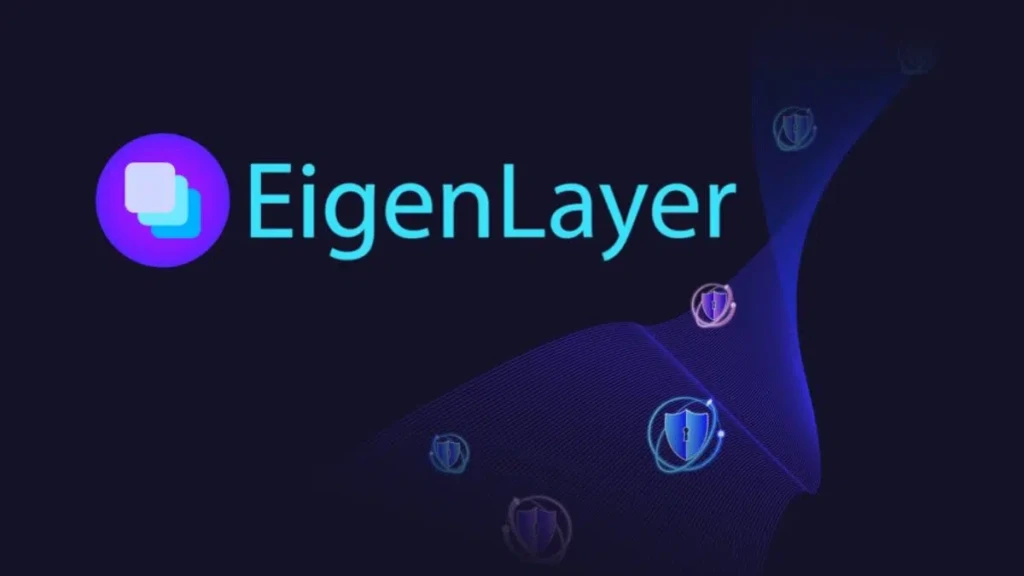Summary:
EigenLayer has unveiled a multi-chain verification feature on Base, Coinbase’s Layer-2 blockchain. This major innovation represents a breakthrough in blockchain interoperability, security, and scalability.
Key Takeaways:
- EigenLayer introduces multi-chain verification on Base.
- Enhances security and interoperability across blockchain networks.
- Decentralized, cross-chain verification now more robust and scalable.
- Sets a new benchmark for blockchain communication and trust frameworks.
The Evolution of Blockchain Verification Systems
Limitations of Traditional Single-Chain Models
Traditional blockchains operate in isolation, making cross-chain verification cumbersome and less secure. These limitations include:
- Inability to validate data across chains.
- Increased vulnerability to security breaches.
- Inefficient processing for multi-chain applications.
Demand for Cross-Chain Solutions
As multi-chain ecosystems expand, the need for solutions that enable secure and efficient verification across networks has become urgent. Multi-chain verification can:
- Improve interoperability.
- Enable seamless user experiences.
- Increase blockchain ecosystem cohesion.
Understanding EigenLayer’s Technology
Core Architecture
EigenLayer is built on a modular, scalable architecture that supports seamless integration with multiple blockchains.
Restaking Mechanism
EigenLayer enables validators to restake assets across multiple chains, creating a more robust, distributed trust network.

Unique Value Proposition
Unlike other solutions, EigenLayer offers:
- Simultaneous multi-chain participation.
- Enhanced economic and operational security.
- Flexibility for DeFi, enterprise, and Web3 use cases.
Why Base Was Chosen
Coinbase’s Base: A Layer-2 for Ethereum
Base is known for its:
- Scalability and reduced transaction costs.
- High performance and Ethereum compatibility.
- Strong developer ecosystem.
Strategic Partnership
Base was chosen for:
- Its robust infrastructure.
- Shared vision for blockchain interoperability.
- Ability to showcase real-world applications quickly.

Technical Implementation and Market Response
System Architecture
Multi-chain verification on Base leverages:
- Smart contracts for inter-chain data exchange.
- EigenLayer’s restaking for validator alignment.
Initial Performance Metrics:
| Metric | Value | Description |
|---|---|---|
| Throughput | 100 tx/s | Transactions per second |
| Latency | 2s | Average confirmation time |
| Success Rate | 99.9% | Percentage of successful transactions |
Market Reaction
- Enthusiastic response from developers and investors.
- Increase in adoption and interest across DeFi and enterprise sectors.
How It Improves Blockchain Security
| Security Feature | Single-Chain | Multi-Chain |
|---|---|---|
| Trust Distribution | Centralized | Distributed |
| Attack Resistance | Limited | High |
| Network Security | Prone to failures | Resistant to single points |
Distributed Trust Model
By validating transactions across multiple chains, EigenLayer enhances resilience and minimizes attack vectors.
Economic Security Enhancements
Cross-chain validation increases the economic cost for attackers, improving overall network integrity.
Use Cases and Applications
Decentralized Finance (DeFi)
| DeFi Application | Benefit | User Impact |
|---|---|---|
| Lending Protocols | Cross-chain collateral checks | Reduced liquidation risks |
| DEXs | Multi-chain liquidity | Better pricing and deeper liquidity |
| Stablecoins | Cross-chain reserve validation | Increased user trust and stability |
Enterprise Solutions
- Supply chains: Track goods securely across chains.
- Finance: Integrate private and public chains.
Web3 Consumer Apps
- Gaming: Use NFTs across different platforms.
- Social media: Secure, multi-chain identity verification.
Competitive Landscape and Future Outlook
Comparison to Other Solutions
EigenLayer stands out due to:
- Native restaking model.
- Broader validator participation.
- More secure trust architecture.
Adoption Trajectory
- High developer interest.
- Anticipated integrations with Ethereum, Polygon, and more.
Roadmap: Expanding Beyond Base
Planned Integrations
| Blockchain | Status | Benefit |
|---|---|---|
| Base | Integrated | Secure and efficient onboarding |
| Ethereum | Planned | Cross-chain interoperability |
| Polygon | Under Review | Expanded scalability and accessibility |
Challenges
- Scaling validator sets.
- Maintaining performance.
- Navigating inter-chain trust models.
Long-Term Vision
EigenLayer aims to:
- Enable universal interoperability.
- Reduce siloed blockchain operations.
- Set standards for multi-chain ecosystems.
Final Thoughts
EigenLayer’s multi-chain verification on Base is a turning point for the blockchain industry. By addressing the core challenges of interoperability and trust, this innovation paves the way for truly decentralized and interconnected blockchain systems.
Whether you’re a developer, enterprise builder, or investor, this is a technology to watch — not just a feature, but a foundation for the next era of Web3.
FAQ
What is EigenLayer’s multi-chain verification?
A protocol that enables secure validation of transactions across different blockchains.
Why was Base chosen for the launch?
Base offers scalability, security, and Ethereum compatibility — ideal for deploying and testing multi-chain infrastructure.
What is restaking?
It allows validators to use the same staked assets across multiple chains, increasing security and capital efficiency.
How does this affect blockchain security?
It distributes trust, reduces attack vectors, and increases economic costs for malicious actors.
What are the primary use cases?
DeFi protocols, enterprise blockchains, and Web3 consumer apps like gaming and social media.
What’s next for EigenLayer?
Planned integrations with Ethereum, Polygon, and other top chains to expand multi-chain capabilities.

